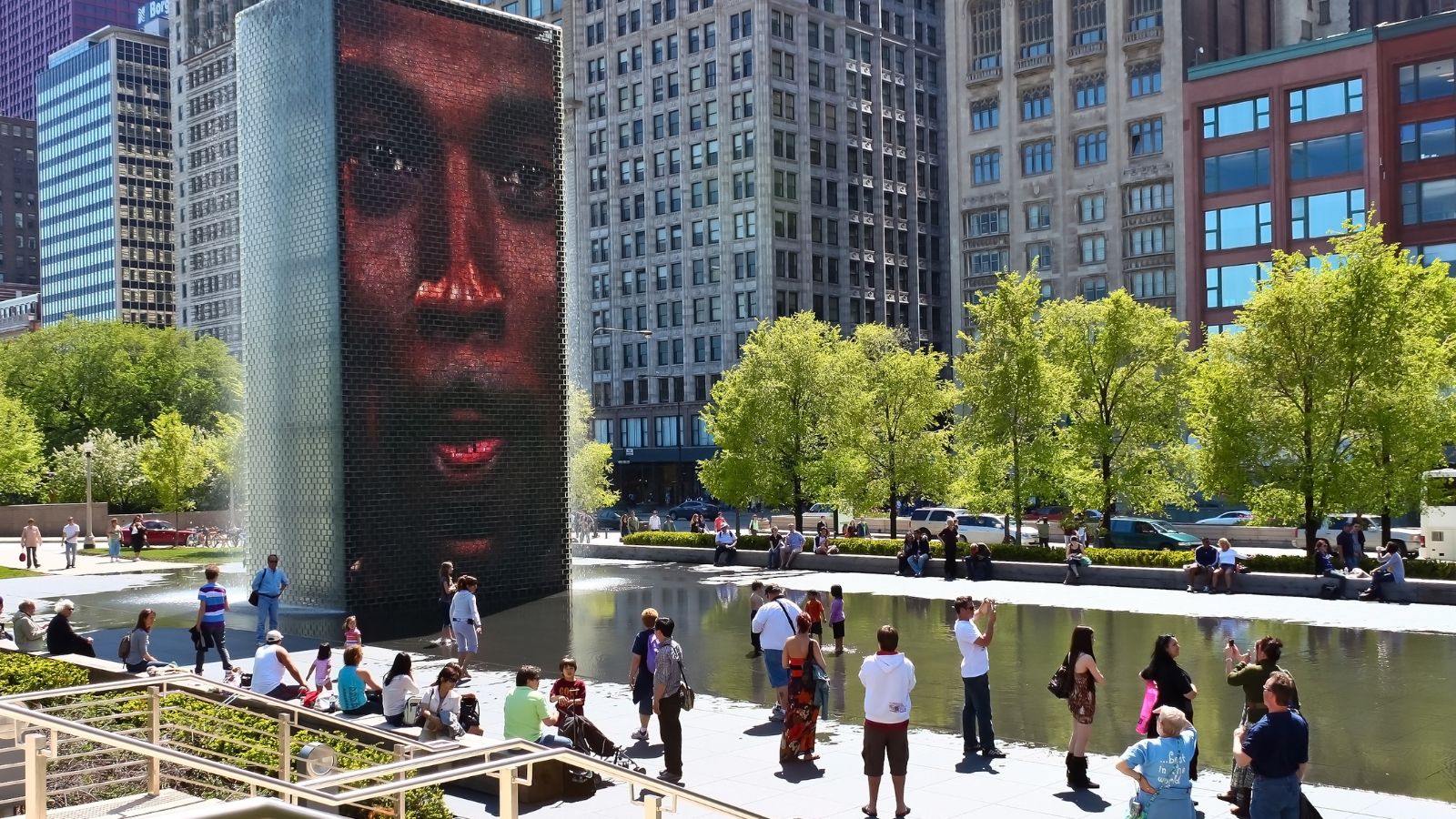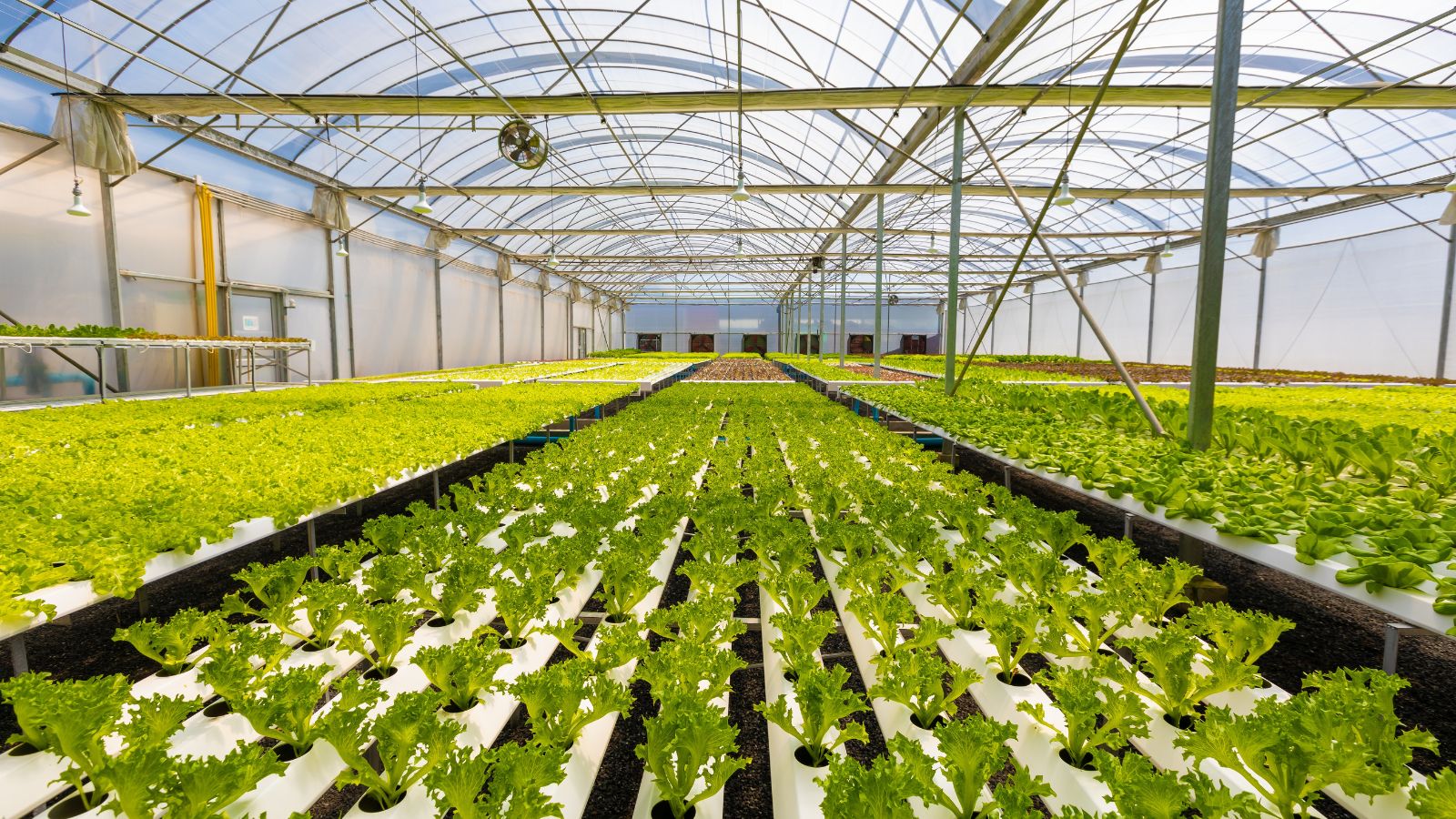As more people flock to cities for the diverse job opportunities and vibrant cultural scenes, the pressure on urban areas to offer a sustainable and enjoyable lifestyle continues to mount. To meet these challenges, a wave of innovative solutions is emerging that could transform the way we experience city life. Here are 17 groundbreaking ideas that might just shape the future of our urban environments.
Smart Water Management Systems

According to Embedded, “Water distribution sensors detect deficiencies such as leaks, low water pressure, and changes in pH levels.” This can help to ensure a sustainable and healthy water supply for growing urban populations as well as lead to significant cost savings for cities and residents by optimizing water use and reducing waste.
Drone Delivery Services

Utilizing drone delivery services will reduce traffic on city roads as well as speed up delivery times for consumers. This is particularly important for delivering time-critical goods, such as emergency medical supplies, and will minimize the carbon footprint of online shopping and other courier services.
Smart Waste Management Systems

Using the IoT (Internet of Things) in smart waste management can allow consumers, businesses, and city management to monitor waste levels and optimize collection routes and schedules. According to Nord Sense, smart waste technology “empowers municipalities, cities, and waste collectors to optimize their waste operations, become more sustainable, and make more intelligent business decisions.”
Vertical Gardens and Green Walls

Green space can be limited in cities, but using the sides of buildings to plant vertical gardens is a great way of integrating more plant life into urban areas. These green walls can reduce the urban heat island effect, lower building energy consumption, and improve local air quality by absorbing pollutants and producing oxygen.
Intelligent Parking Systems

Access to real-time data on parking spots could be used to guide drivers to available parking spots, which would reduce the traffic congestion caused by drivers searching for available parking. This data could be integrated into a mobile app that allows for pre-booking of spaces and automated payment.
Noise Monitoring Networks

Noise sensors would allow cities to monitor and manage sound levels in urban areas, identifying sources of excessive noise and using this to inform policy decision-making. This real-time data could be used to enforce noise regulations, plan urban development, and improve the living conditions in cities, enhancing the quality of life for residents.
Adaptive Street Lighting

Adaptive street lighting systems adjust brightness according to the amount of pedestrian and vehicle activity in the area. This helps to provide the light needed for getting around safely while conserving energy, as well as reducing the cost of energy for the city.
Augmented Reality Tourist Assistance

AR apps can provide tourists with real-time information, navigation, and interactive experiences while sightseeing in cities. Rock Paper Reality says, “The virtual tourism market alone is set to grow at a compound annual growth rate (CAGR) of 30.2% between 2023 and 2028.”
Automated Public Restrooms

Self-cleaning public restrooms can enhance hygiene for users and reduce the need for manual maintenance. They can also be equipped with technology to monitor their usage, which will help with city planning, as well as check stock levels to ensure they are restocked on time.
Urban Air Mobility (UAM) Platforms

UAM could provide city dwellers with rapid, sustainable, and efficient transportation as the roads get more and more gridlocked. According to the International Airport Review, “growing urbanization, increasing traffic congestion, and the need for smarter and more sustainable transportation solutions are some of the major factors propelling this market forward.”
AI-Powered Energy Distribution Networks

Smart energy grids can use AI to optimize the distribution of electricity based on real-time supply and demand, which can help improve efficiency and reliability for consumers and businesses. These systems also allow for more integration of renewable energy sources into the urban power supply.
Smart Public Seating

Integrating IoT sensors into public seating will enable city management to monitor usage and weather conditions and provide charging ports or Wi-Fi connectivity. This will help to improve the experience for the public as well as inform city planning about how society is using the space and if improvements can be made.
IoT-Enabled Fitness Zones

Dedicated fitness zones within cities would allow for IoT devices that track usage, provide workout guidance, and monitor equipment maintenance needs. This would improve the experience for users and help promote health and wellness. It would also allow for energy-generating exercise equipment that contributes power back to the grid as people use it.
Digital Twin Technology for Cities

Creating a digital twin of each city will allow planners to simulate different scenarios or innovations and analyze the results. This can be used to help prepare for natural or manmade disasters, urban development, and traffic management. It will also allow the public to have a visual representation of changes before they happen.
Modular Pop-Up Infrastructure

Developing a system of temporary, modular structures can help provide extra space for events, markets, or emergencies without permanent development. These buildings can be installed quickly and can be designed for various uses, including pop-up retail, temporary housing, and community centers.
Responsive Public Art Installations

Art has become a big part of city life, and this can now be made into an interactive experience for members of the public. The art can respond to environmental factors or public interaction to increase community engagement. This interactivity can be powered by renewable energy sources in order to ensure it is sustainable.
Urban Aquaponics Systems

Building aquaponics systems in urban areas will create habitats for fish and plants, which will enable the city to produce its own food as well as promote healthy ecosystems. Producing food inside urban areas will reduce transportation emissions and costs, as well as improve the resilience of the city.

